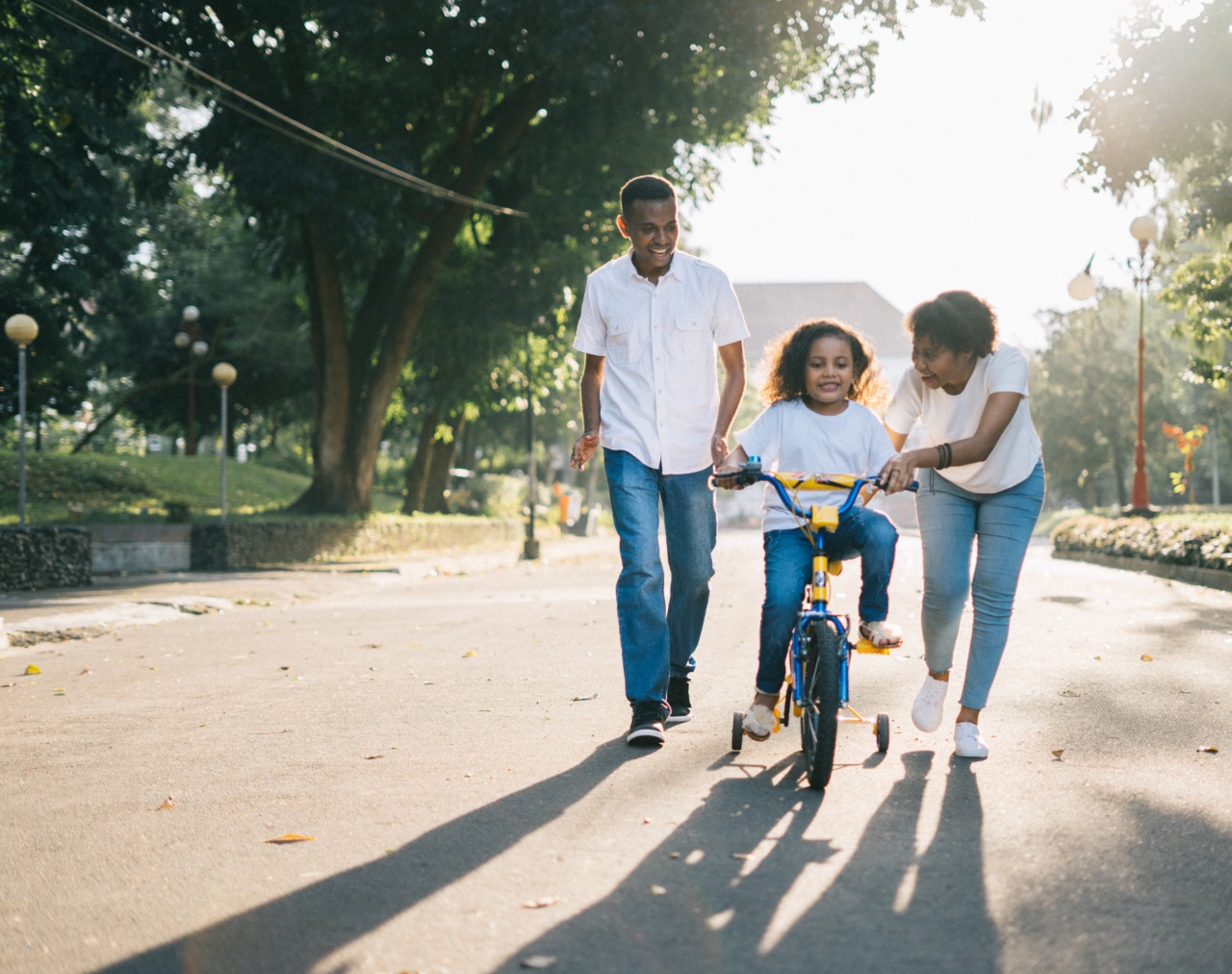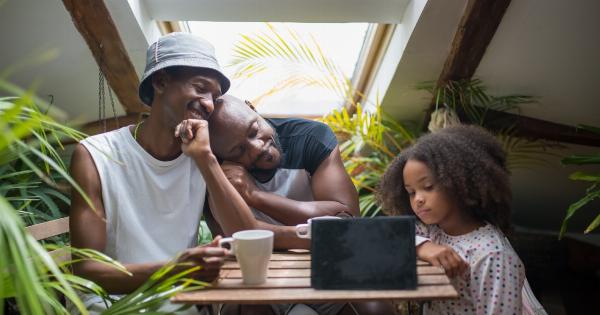Having discussions about human sexuality with kids can be a challenging topic for parents and educators alike.
But it’s important to provide them with information they need to develop healthy attitudes about their bodies, relationships, and sexuality.
Why Teach Kids About Human Sexuality?
Children’s developing sexuality is a natural and normal part of their growth and development. Educating them about human sexuality allows them to:.
- Develop a healthy body image and positive self-esteem
- Understand the changes that are happening to their bodies during puberty
- Gain the knowledge they need to make informed decisions about their sexual health and well-being
- Understand the importance of consent, boundaries, and healthy relationships
When to Start the Conversation
It’s recommended that parents begin discussing human sexuality with their children at an early age, as early as preschool.
For example, talking to kids about body parts using proper names can help them feel comfortable with their bodies and provide the foundation for later conversations.
As children reach school age, parents and educators can start having more in-depth conversations about human sexuality, including puberty, personal boundaries, and healthy relationships.
It’s important to use age-appropriate language and avoid overwhelming them with too much information at once.
How to Approach the Topic
Parents and educators should approach the topic of human sexuality in a supportive and non-judgmental way. Here are some tips:.
- Start with open-ended questions to gauge what children already know
- Use age-appropriate language and avoid using scare tactics or overwhelming them with too much information at once
- Be supportive and non-judgmental of their questions and concerns
- Provide accurate information about anatomy, puberty, and sexual health
- Use opportunities in everyday life to discuss related topics, such as using TV shows or news stories to spark conversations
- Set guidelines around personal boundaries and respect
Topics to Cover
Here are some important topics to cover when teaching kids about human sexuality:.
Body Parts and Proper Names
Teach children the proper names for their body parts, including genitals, and use them in a matter-of-fact way. This helps them feel more comfortable and confident about their bodies.
Puberty
Discuss the physical and emotional changes that come with puberty, including menstruation, body hair, mood swings, and attraction to others. It’s important to reassure children that these changes are normal and nothing to feel ashamed about.
Healthy Relationships
Teach children about the importance of healthy relationships and how to recognize warning signs of unhealthy relationships. Discuss topics like respect, trust, communication, and consent.
Sexual Health and Reproduction
Provide accurate information about sexual health, including contraception, sexually transmitted infections, and pregnancy. Teach children about their options for preventing unintended pregnancies and STIs.
Conclusion
Teaching kids about human sexuality can be difficult, but it’s an important part of their development.
By providing them with accurate information and creating a supportive environment for conversation, we can help them develop healthy attitudes about their bodies, relationships, and sexuality.






























